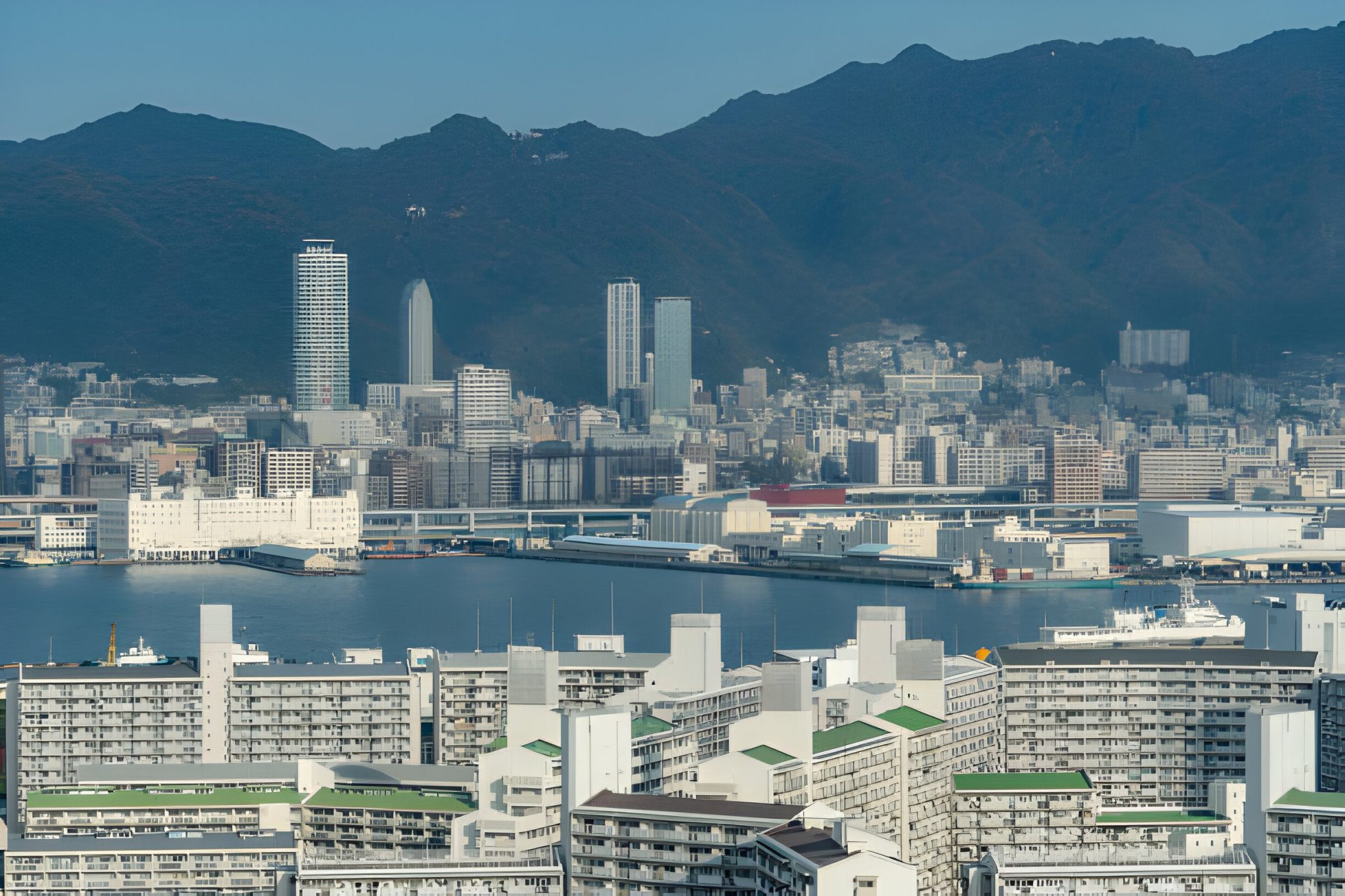Japan’s economy has shrunk more sharply than expected lately, posting a 0.5% decline in gross domestic product. The unexpected contraction led to an initiative by some economists and policymakers to question the basic factors causing the slowdown and its possible implications for the future of the economy in Japan.
Japan has just reported a 0.5% contraction in GDP for the most recent quarter, which represents an enormous miss of expectations for modest growth or at least flat economic performance. This decline is a worrisome development for the world’s third-largest economy, one always haunted by stagnation and deflationary pressures over the past decades.
These are some of the factors that may explain the worse-than-anticipated economic performance. One key factor is the still persistent global supply chain disruptions affecting various industries. Japan, as a large exporter of machinery and goods like electronic appliances and vehicles, has really been vulnerable to these shocks. The shortage of semiconductors and other vital components hit hard on the production and export performance, hence shrunk economic activity.
One key driver that is expected to steer the economy of Japan to growth, domestic consumption, has remained below expectations. Consumer confidence has not picked up as would have been expected despite incentives and policies by the government aimed at stimulating spending. Some factors—such as uncertain prospects for future economic conditions, elevated living costs, and still-ongoing spillover from COVID-19—dampened consumer spending and further contributed to economic contraction.
The Japanese government has equally failed in effectively undertaking economic stimulus measures. Successive fiscal and monetary policies rolled out to revive the economy—such as increased government spending and low interest rates—have few impacts. There were also inherent structural problems in the Japanese economy, including a shrinking workforce as a result of an aging population and low productivity growth, that significantly lowered the effectiveness of the aforementioned measures.
This contraction in Japan’s GDP has trickled down to most sectors of its economy. On the industrial side, the manufacturing sector—having done well in the recent past—has consequently suffered a very heavy blow from this supply chain disruption and reduced global demand. Moving on to the services sector, tourism and hospitality have also been hard-hit by continued travel restrictions and reduced consumer spending.
Japanese policymakers have said they would consider further support measures for the economy in response to the economic contraction. It could be another fiscal stimulus, more targeted support for affected industries, and additional monetary easing. There is, however, a question of whether or not these policies really work in solving deep-seated problems of the Japanese economy and if they could support a turnaround this time around.
On the other front, international economic conditions have also put their marks on the performance of the country’s economy. Global concerns regarding the economy, be it geopolitical hostility, changing commodity prices, or the shadow of the pandemic, have adversely affected the trade and investment prospects in Japan. Besides, as a major global economic player, Japan is influenced by developments in other economies, so the said factors have joined in with internal ones to add to the challenges facing the country.
Looking forward, the path to economic recovery for Japan has to be on many fronts. This needs to involve measures to secure the stability of supply chains, increase domestic consumption, and pursue structural reforms that will improve productivity and cushion demographic shocks. There will also be the need for international cooperation and collaboration in moving forward, given the uncertainty of the global outlook, while nurturing a conducive environment for economic growth.
This contraction in the economy perhaps acts as a memorable lesson on just how complex and interconnected the global economy is. Working out of this mess, such experience underlines that economic policy needs to be resilient and adaptable enough to respond soundly to both short-run disruptions and long-term structural issues.
The less-than-expected GDP contraction of 0.5 percent reveals the tough economic environment riddled by supply chain disruptions, weak domestic consumption, and broader global uncertainty. Although new measures are likely to stimulate the economy, these underlying structural issues will be real tasks to cure and to withstand the turbulent external economic conditions if Japan has to get out of this misery. It entailed the necessity of planning economically strategic resiliences to emerging global challenges.







